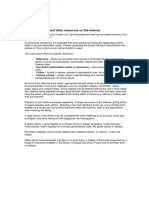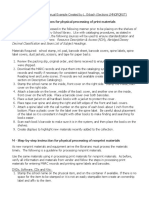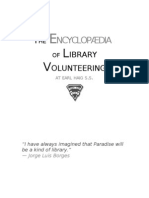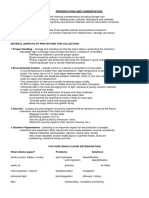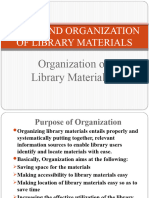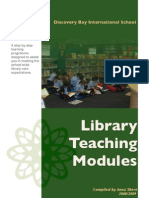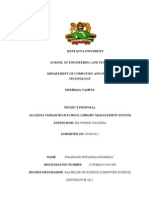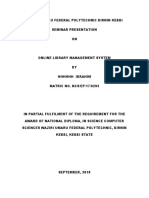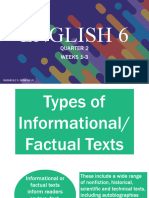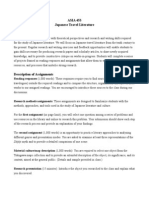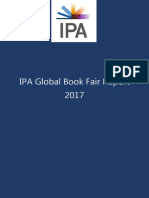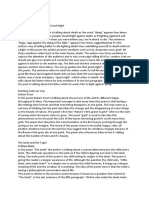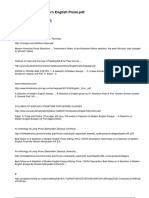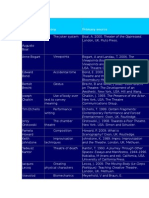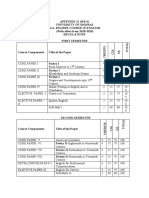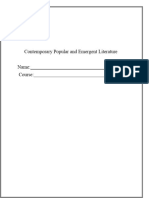0% found this document useful (0 votes)
6 views5 pagesUnit 6
This document outlines the procedures for physical processing of books in libraries, which includes steps such as inspection, reinforcing paper books, identification, preparation for circulation, and preparation for call number tags. It emphasizes the importance of making newly acquired books shelf-ready for circulation and the materials required for this process. The unit also discusses the transition from manual to computerized circulation methods and the implications for physical processing routines.
Uploaded by
Hemaram Dewasi MandliCopyright
© © All Rights Reserved
We take content rights seriously. If you suspect this is your content, claim it here.
Available Formats
Download as PDF, TXT or read online on Scribd
0% found this document useful (0 votes)
6 views5 pagesUnit 6
This document outlines the procedures for physical processing of books in libraries, which includes steps such as inspection, reinforcing paper books, identification, preparation for circulation, and preparation for call number tags. It emphasizes the importance of making newly acquired books shelf-ready for circulation and the materials required for this process. The unit also discusses the transition from manual to computerized circulation methods and the implications for physical processing routines.
Uploaded by
Hemaram Dewasi MandliCopyright
© © All Rights Reserved
We take content rights seriously. If you suspect this is your content, claim it here.
Available Formats
Download as PDF, TXT or read online on Scribd
/ 5


